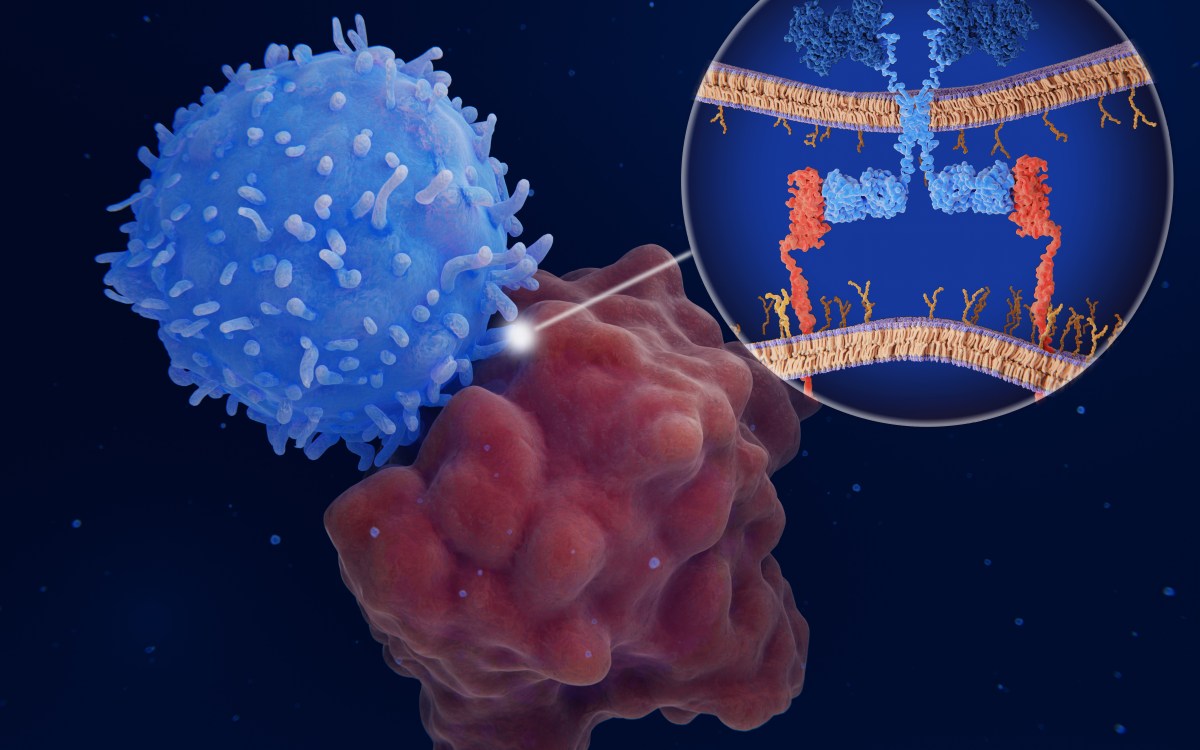Infants are able to recognize quantity
By looking at infant brain activity, researchers have found that babies as young as 3 months old are sensitive to differences in numerical quantity. Additionally, the scientists were able to see that babies process information about objects and numbers in different, dissociated parts of the brain, which is also the case in older children and in adults.
Published in the February issue of the journal Public Library of Science: Biology, the study was led by Véronique Izard, a postdoctoral researcher in the Department of Psychology in the Faculty of Arts and Sciences (FAS). The research was conducted at the Hospital of Kremlin-Bicêtre (France), by a research team of the Institut Nationale de la Santé et de la Recherche Médicale (INSERM) and the Commissariat à l’Energie Atomique (CEA), while Izard was a doctoral candidate at Université Paris 6. Izard’s co-authors are Ghislaine Dehaene-Lambertz and Stanislas Dehaene of INSERM/CEA.
“Our research shows that infants have the ability to understand differences in numerical quantity even at a very young age,” says Izard. “Furthermore, it appears that both babies and adults use similar parts of the brain to process numbers. This suggests a developmental continuity for numerical processing.”
The study is among the first to use cerebral imaging to focus on numerical understanding among very young infants, although previous studies have demonstrated numerical comprehension at the age of 6 months using behavioral methods. Owing to the difficulty of using neuroimaging on infants, obtaining a picture of an infant’s brain activity when processing quantity has been a challenge.
In this study, infants were shown a continuous series of images containing multiple animals on a computer screen, shown against a black background. The same number of the same type of animal would continuously appear on the screen for a period of time, but occasionally either the type of animal changed — for example from ducks to dogs — or the number of animals on the screen would change — say, from four to eight. When these images changed, the researchers were able to see the difference in the infant’s brain activity as some brain areas reacted to the new stimulus.
The study examined the brain activity of 36 babies, who were required to be still for up to 10 minutes. Some additional babies were too fussy or too active for their results to be accurate.
While seated in their caregivers’ laps, the babies’ reaction to the stimulus was monitored through electroencephalography (EEG) sensors, which record the electrical fields at the surface of the scalp. About 65 sensors were placed on the babies’ scalps as part of a net. When neurons communicate across the brain they use electrical currents, and these currents create electrical fields, which are then monitored by the sensors. Therefore, when the baby reacted to the change in either the identity of the objects or the number of objects on the screen, the researchers were able to see the brain’s activity.
After identifying the electrical activity in response to these changes in stimulus, the researchers were then able to reconstruct the sources of this activity in the infant’s brain, and determine the origin and location of the activity in the brain.
According to Izard, the findings reinforce previous research suggesting that knowledge of numbers is an evolved function, and that our brains are structured to understand numerical quantity.
The research was funded by the McDonnell Foundation.





